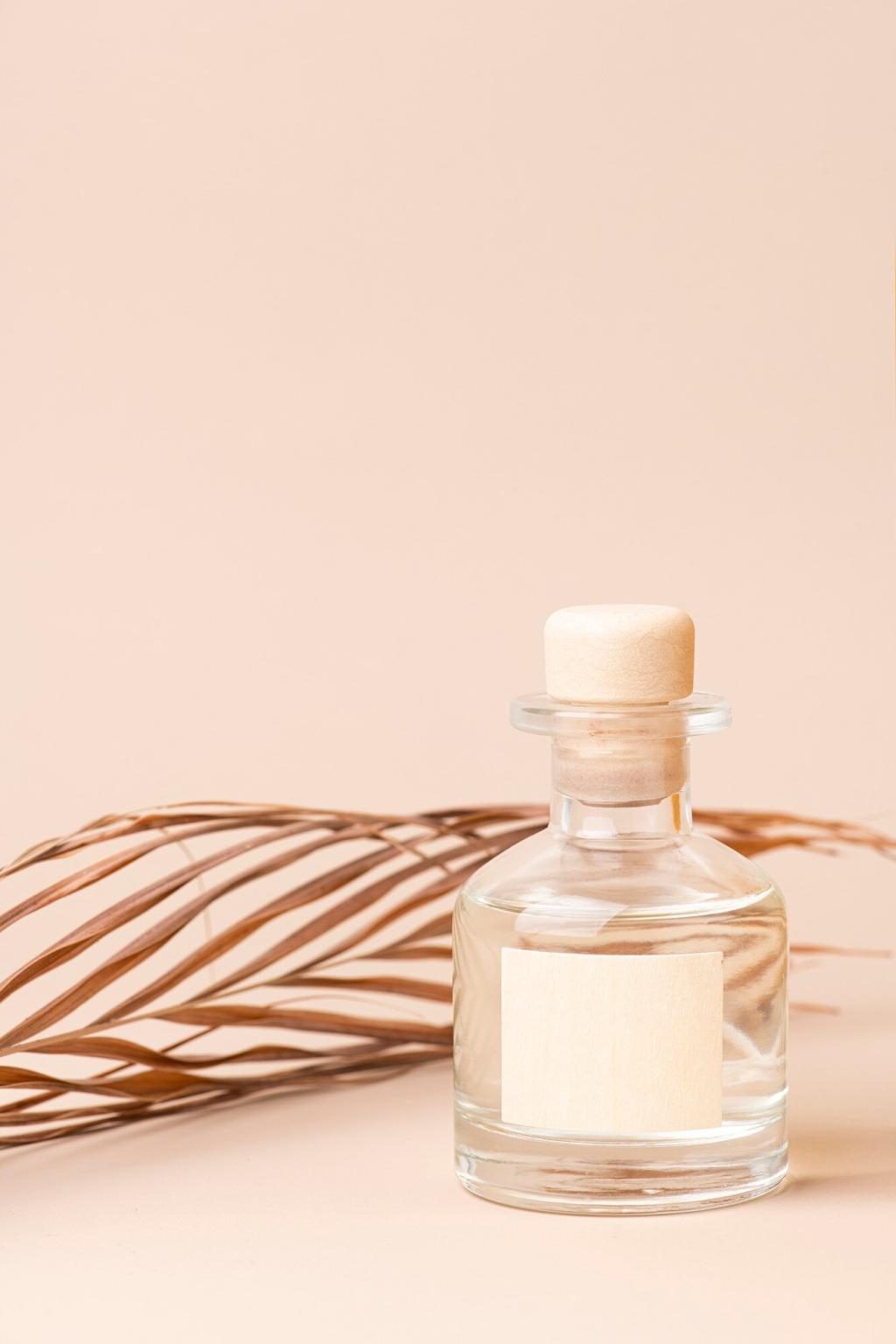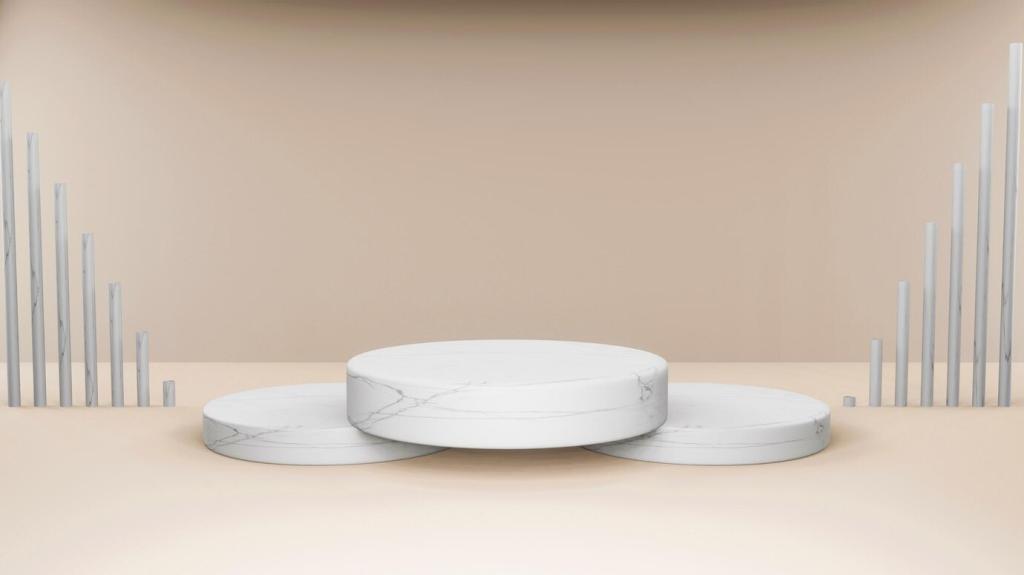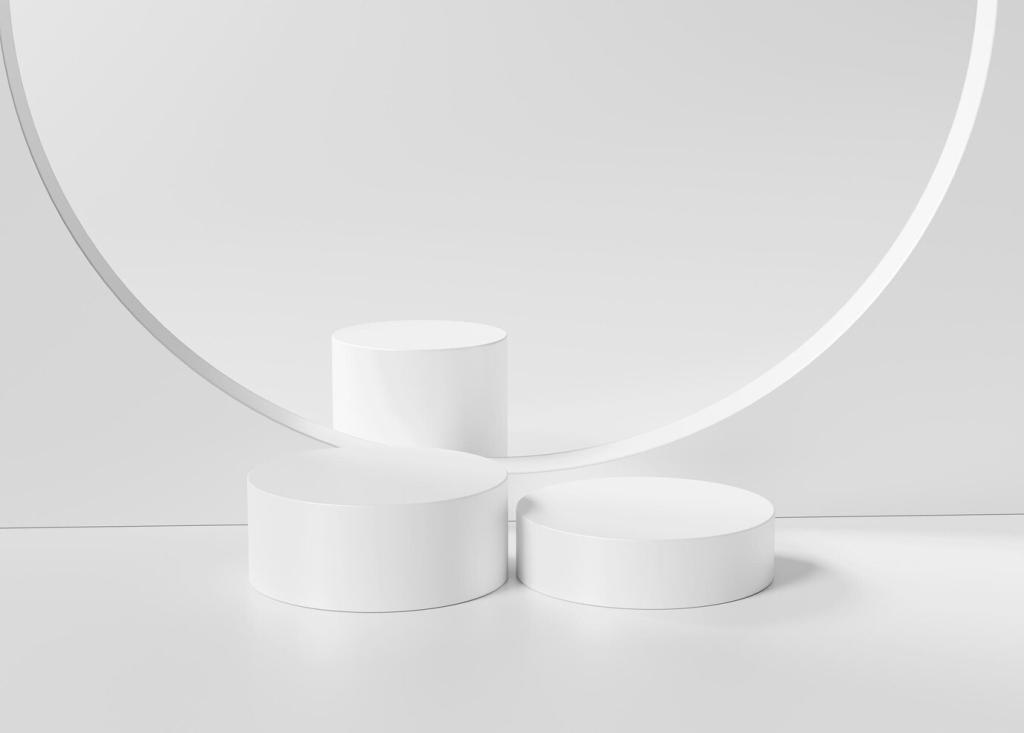Longevity, Modularity, and Repairability
Favor archetypal shapes that survive trends and rely on standard screws, gaskets, and bulbs. Publish part numbers and simple diagrams. Have you documented a component map for your product or room? Share a snapshot and help others replicate the approach.
Longevity, Modularity, and Repairability
Materials like solid wood, leather, or anodized aluminum can wear beautifully, celebrating use rather than hiding it. When patina is planned, longevity feels rewarding. Tell us your favorite patina story and why it made you love the piece more.







